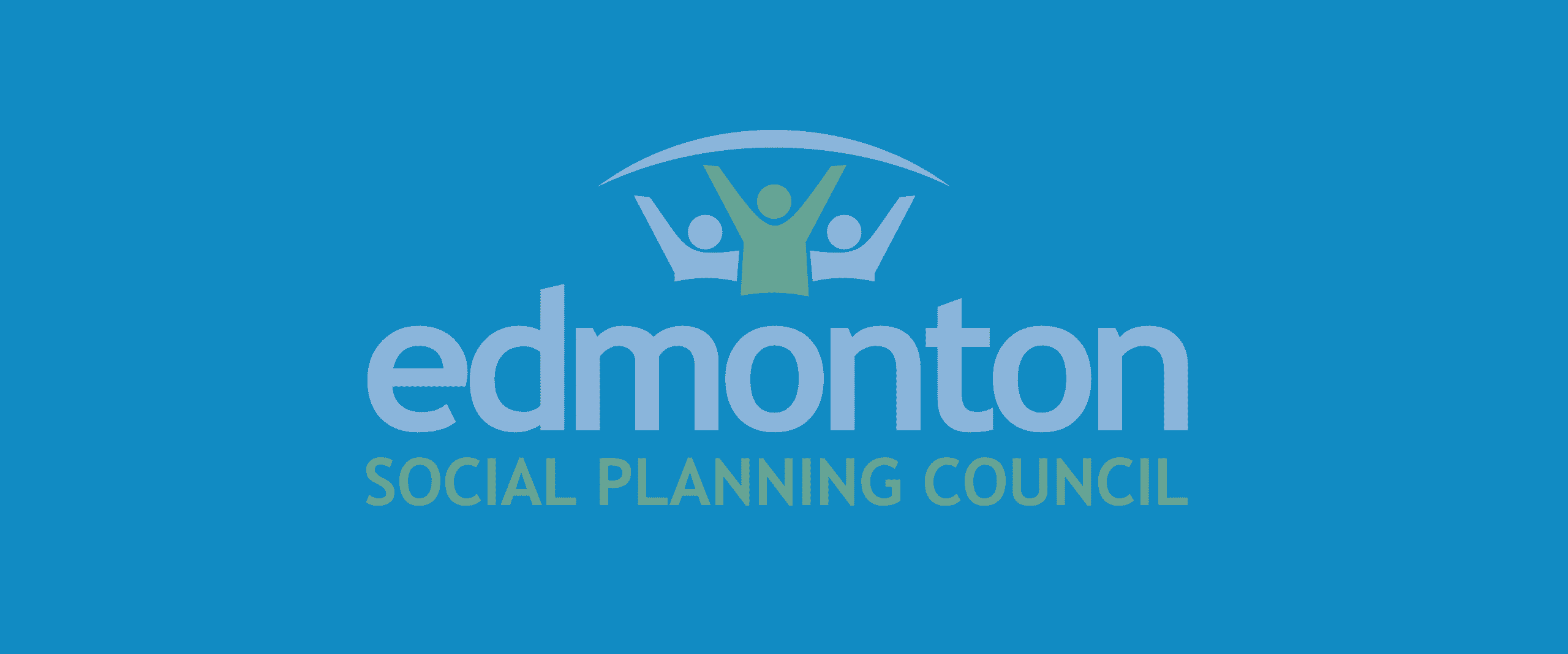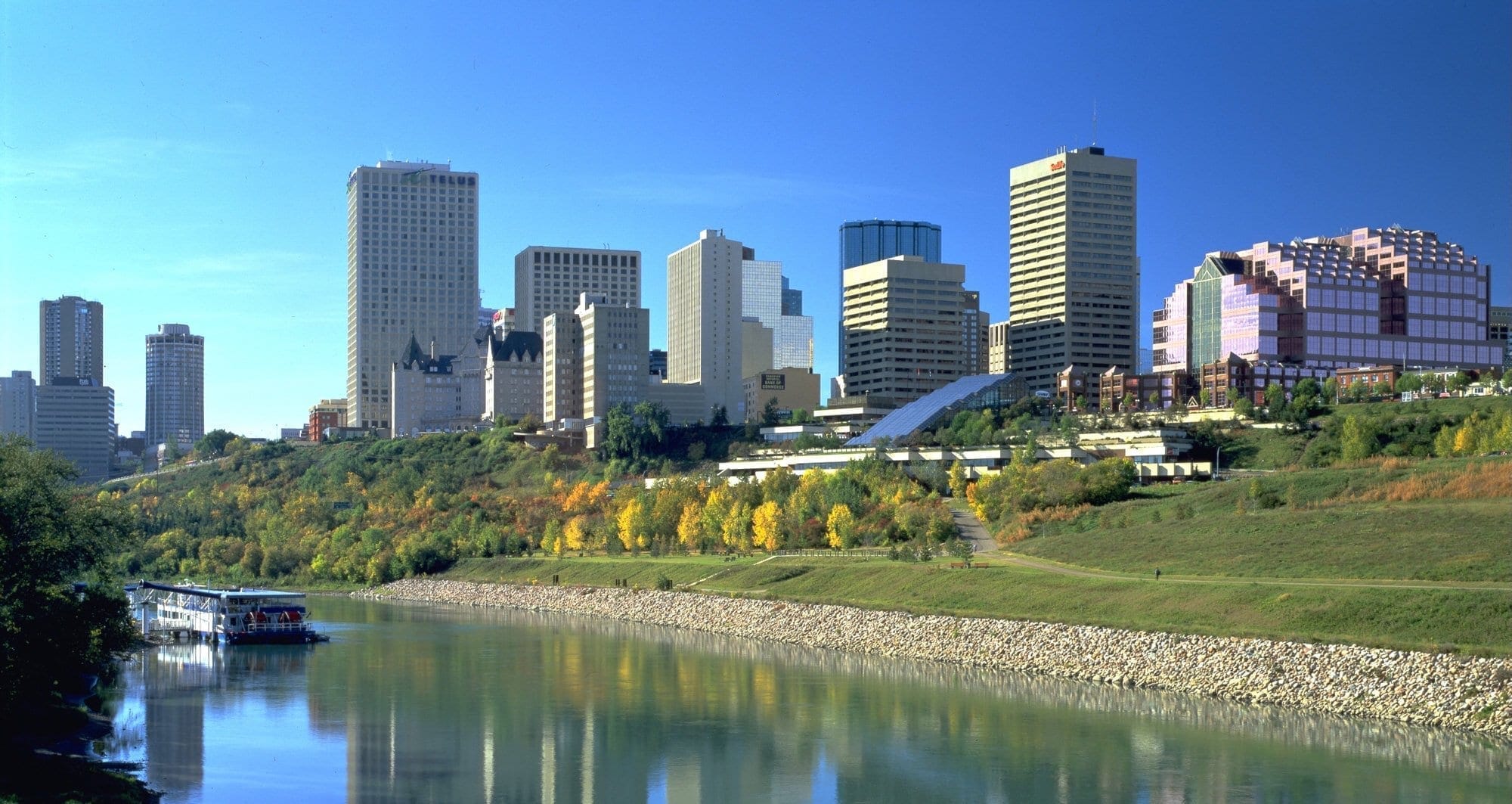Poverty affects people from all walks of life — young, old, employed, unemployed, those who are new to Canada and those whose ancestors have lived here for hundreds of years. The structure of the economy traps people in bad situations and forces some into poverty by constraining choices and limiting options (Ghatak, 2015). Limited social housing, eroding benefits, and lack of access to stable, good-paying jobs, has created an economy that takes away many people’s choices and leads to poverty. People are increasingly forced into unstable jobs that don’t pay enough to satisfy needs, and some can’t find jobs at all. The cost of living has also gone up, which forces many people to focus on making ends meet and living day-to-day, rather than planning for the future or their children’s future. Because people in poverty lack the means to participate in their communities, they are often socially isolated (Mood & Jonsson, 2016; Stewart et al., 2009). The stress experienced from poverty can lead to negative impacts on mental and emotional health, the ability to make decisions, and even family and neighbourhood cohesion (Carvalho, Meier, & Wang, 2016).
Edmontonians believe in helping and protecting one another, so we must work together to address poverty. For this reason, the Edmonton Social Planning Council has produced this Profile on Poverty — 2019 Update in partnership with EndPovertyEdmonton. EndPovertyEdmonton is a community initiative working towards prosperity for all through advancing reconciliation, the elimination of racism, livable incomes, affordable housing, accessible and affordable transit, affordable and quality child care, and access to mental health services and addiction supports (EndPovertyEdmonton, 2019). It uses a collaborative model, whereby governments, businesses, non-profits, and many other forms of organizations can come together to end poverty in Edmonton in a generation (30 years).
We need to break the constraints of our current economy. Every Edmontonian deserves to have the freedom to pursue opportunities.
It is our responsibility to ensure all people in our city have a decent standard of living.
ESPC Documents/PUBLICATIONS/A.06.G REPORTS/Edmonton Poverty Profile 2019b.pdf

